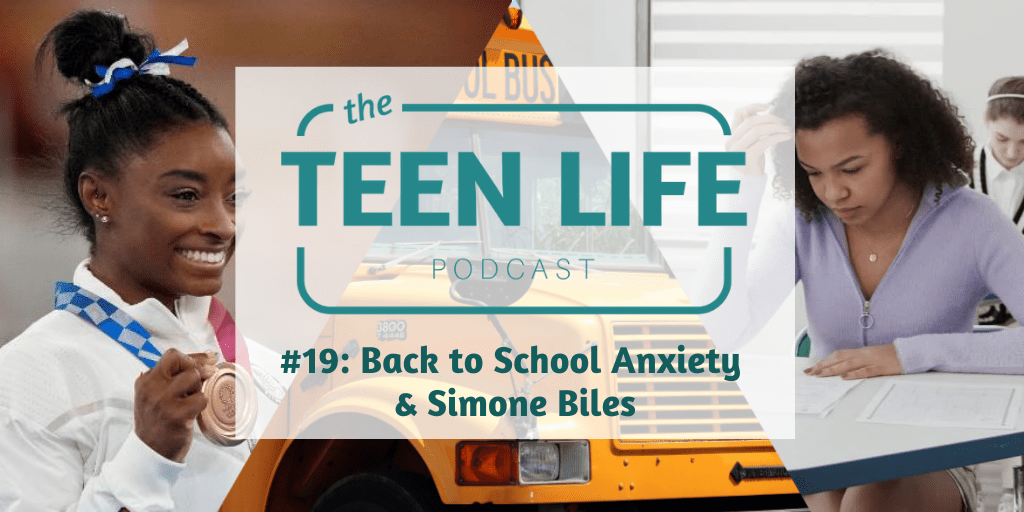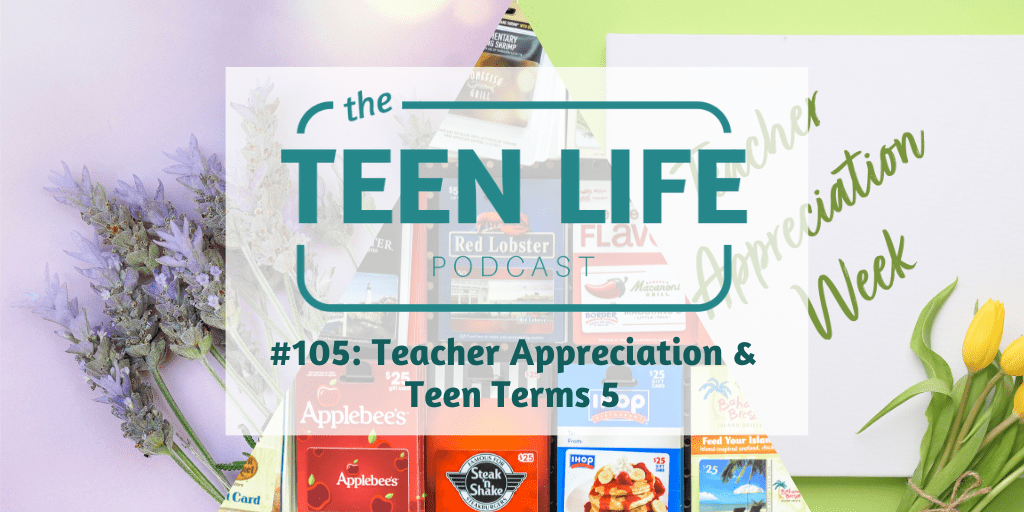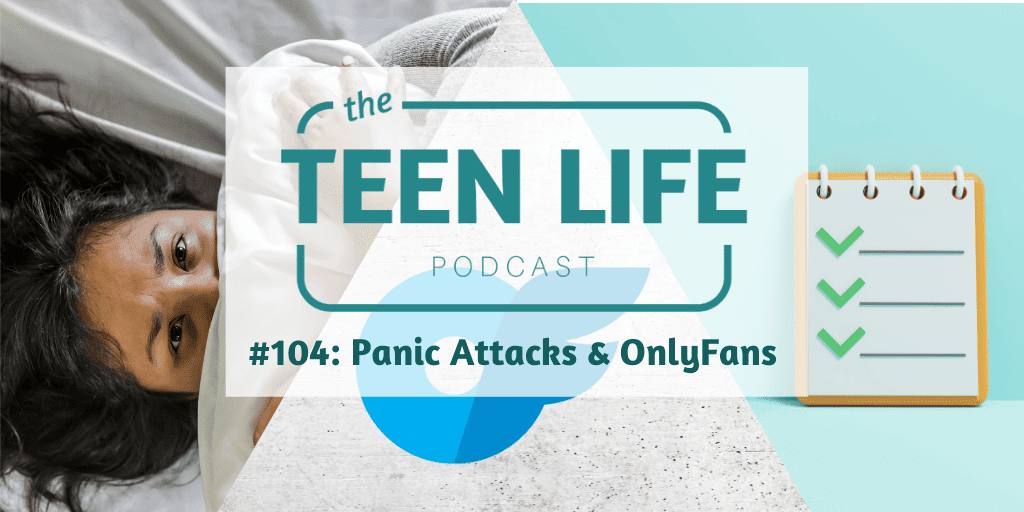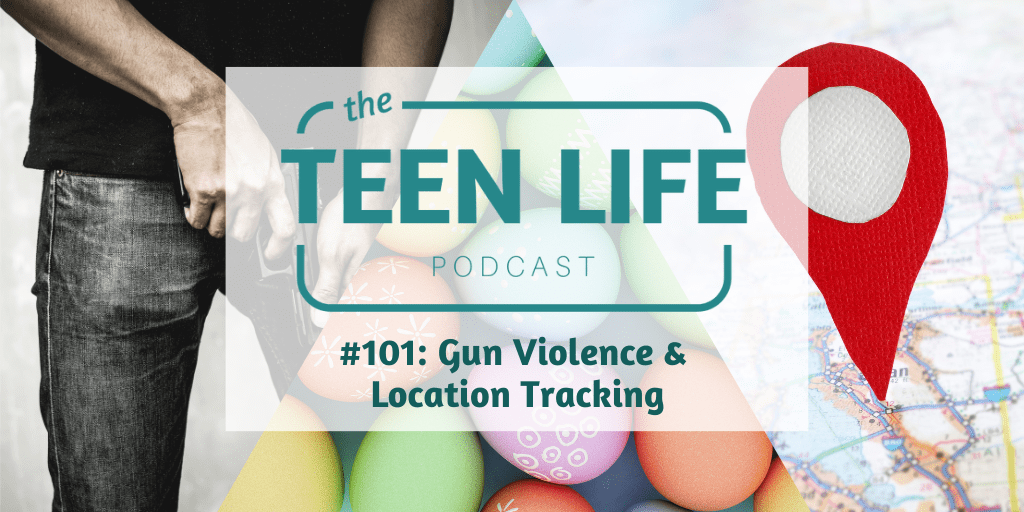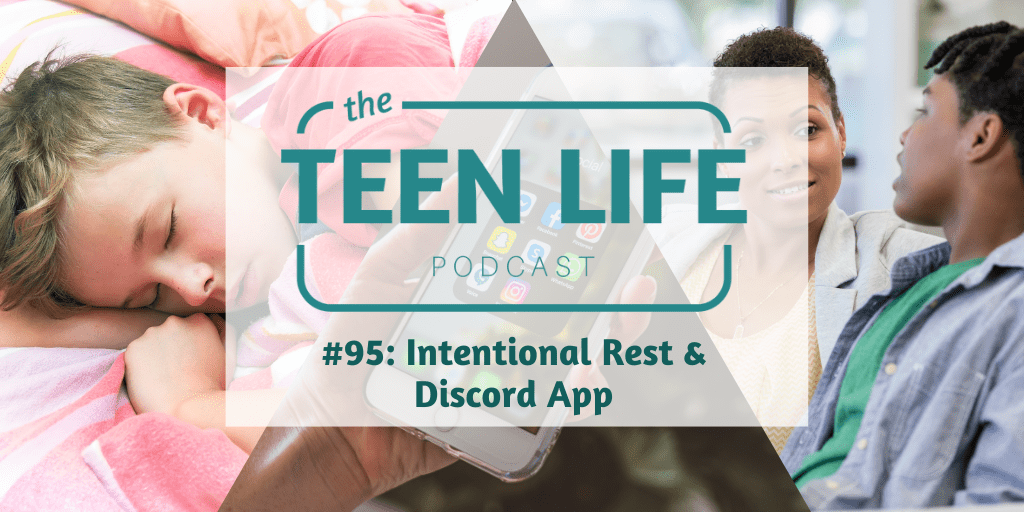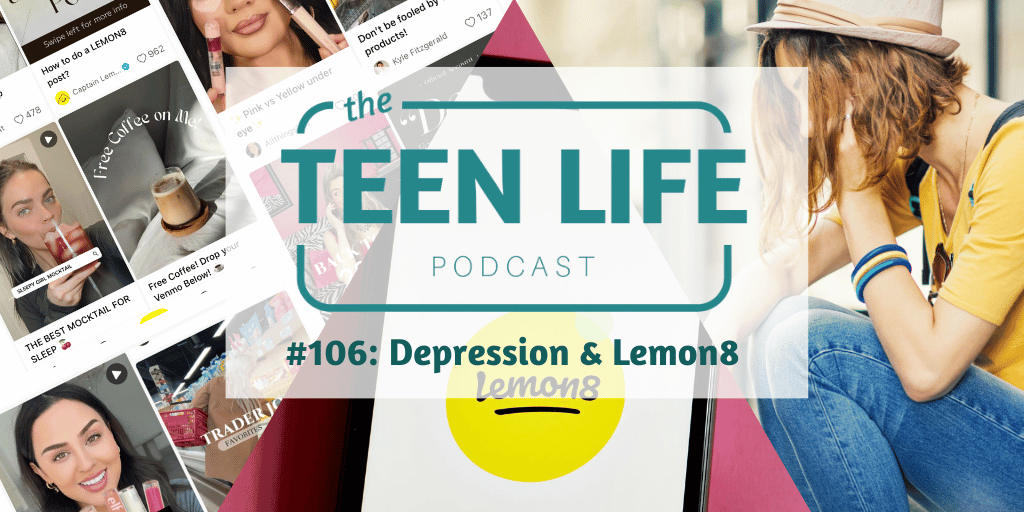
Ep. 106: Depression & Lemon8
Podcast: Play in new window | Download
The difference between a moody teen and a depressed teen
Teens are known for being moody and bad humored, but 42% of today’s teenagers show symptoms of clinical depression. In episode 106, Chris and Karlie will share signs of depression versus typical teen behavior. They’ll also discuss possible steps for parents and other caring adults to take if you think a teen you love needs help.
Then, if you still don’t know much about Lemon8, you’ll want to tune in to learn more about this quickly spreading app. We’ve got details about what it is and how teens are using it.
Resources on depression and Lemon8
- Mental Health America: Depression in Teens | Depression Screening
- Nemours Teen Health: Depression: What You Need to Know | Talking to Parents About Depression
- Teen Life Podcast: Suicide Prevention | Suicide Terms | Suicide | Leslie Culver | Becky Taylor
- CNBC: ByteDance is pushing a new app in the U.S. as TikTok faces a ban
- Next Gen Now Podcast: Spotify | Apple Podcasts
- Podcast music by Luke Cabrera & Tobin Hodges
Have a question?
If you have a question about something you heard or just want to give us some feedback, please leave us a comment below. We would love to hear from you!
About Us

Chris Robey
CEO

Karlie Duke
Director of Communications
Follow Us
Karlie Duke | Director of Communications
Karlie has always had a heart for teenagers. Through her role at Teen Life, she loves to showcase the amazing stories coming out of Support Groups, but she is especially passionate about helping adults and teenagers find connection. Karlie has a BS in Communications with a minor in Family Studies from Abilene Christian University.
Chris Robey | CEO
Chris has spent most of his career empowering teenagers from all backgrounds. As the leader of Teen Life, he is passionate about helping students make good choices while also giving adults the tools they need to communicate more effectively with teens. Chris is a graduate of Midwestern State University and holds a Master’s Degree in Family Life Education from Lubbock Christian University.










